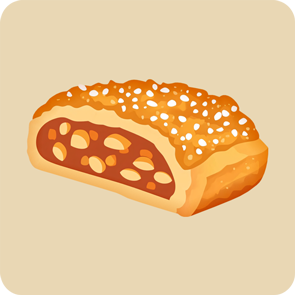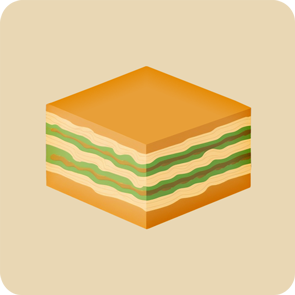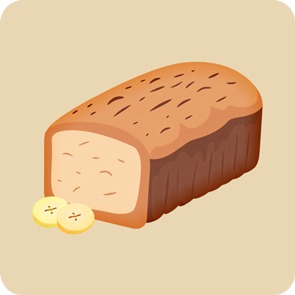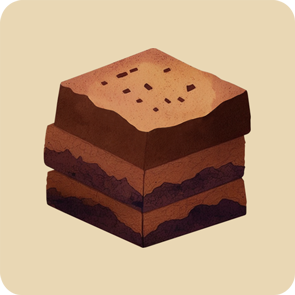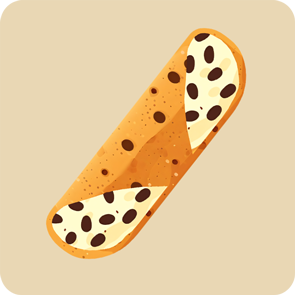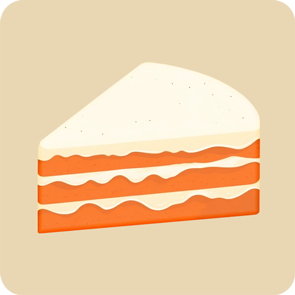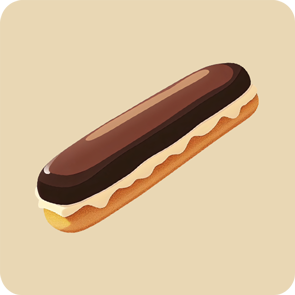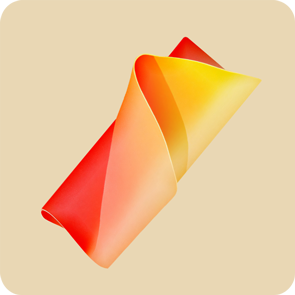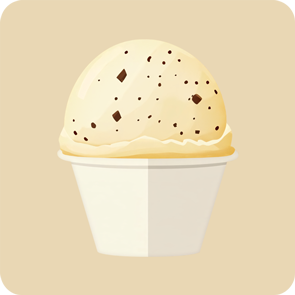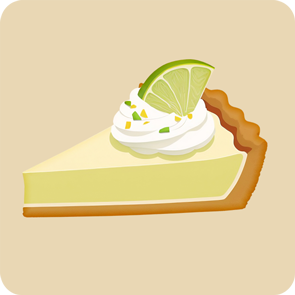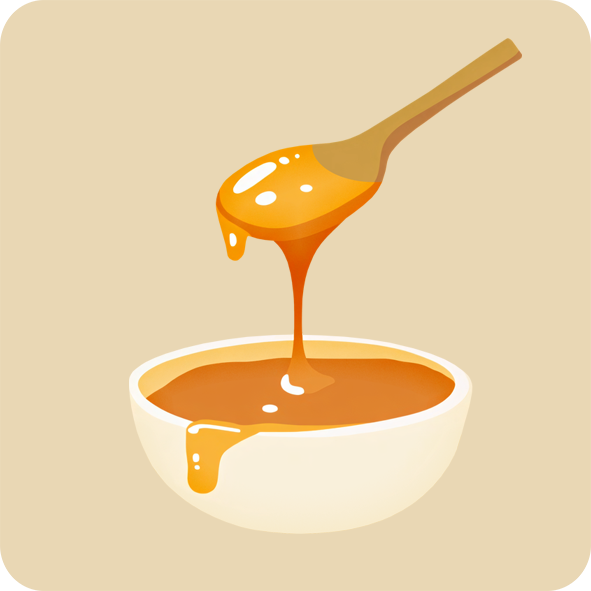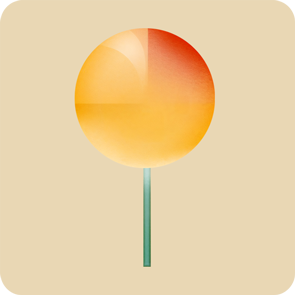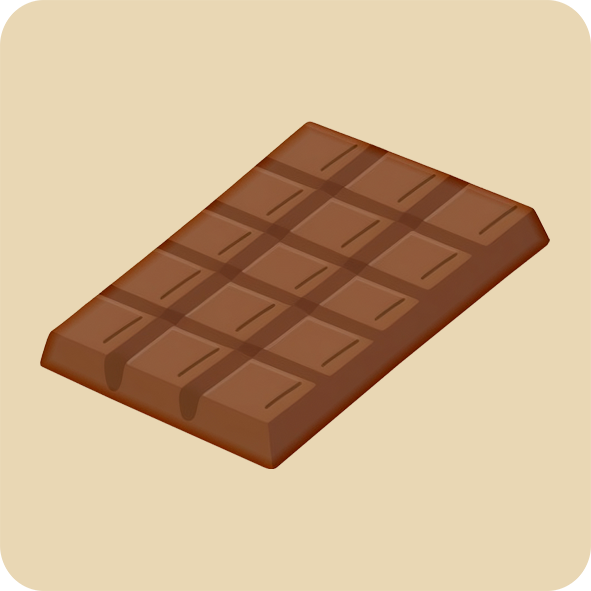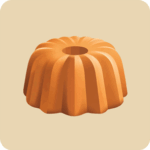
Bundt Cake
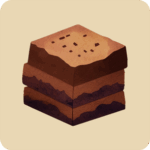
Brownie
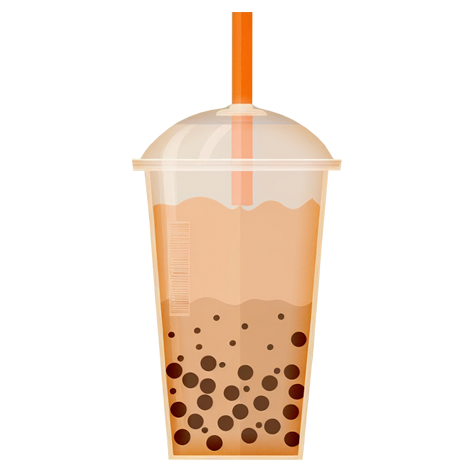
Bubble Tea
A sweet, creamy tea-based drink originating in Taiwan, bubble tea is known for its chewy tapioca pearls and endless flavor combinations. Often enjoyed cold, it’s a popular treat among all age groups.
160
medium glass
(240 ml)
CAL
E
Nutri-Score
Contains calcium and some antioxidants (from tea), but is often high in sugar and refined carbs from tapioca pearls.
Value per 100 ml & per cup (240ml):
65 kcal | 160 kcal
Protein
0.6 grams | 1.5 grams
Fats
1.2 grams | 3 grams
Carbohydrates
13.5 grams | 32 grams
Fiber
None
Vitamins & Nutrients
- Calcium: Supports bone health and muscle function.
- Iron: Helps carry oxygen in the blood and supports energy levels.
- Magnesium: Contributes to muscle relaxation and nerve function.
- Phosphorus: Aids in forming bones and teeth, and helps the body make energy.
Satiety and Feelings
Bubble tea is sweet and satisfying, thanks to the carbs and sugar, but it offers minimal lasting fullness due to its low protein and fiber.
What does 100 g look like?
About ⅖ of a cup or a small juice glass.
What does 2000 | 2500 calories look like?
Around 12–15 medium cups (2.9 to 3.6 liters / 6.4 to 8 lbs) of bubble tea.
Daily Value per 100 Milliliters %
Did you know?
Bubble tea was invented in Taiwan in the 1980s.
The “bubbles” refer to both the foam on top and the tapioca pearls at the bottom.
Tapioca pearls are made from cassava starch and must be boiled before use.
Some shops offer fruit-based bubble teas without dairy.
You can now find DIY kits and instant boba products online.
Drawbacks ⚠️
Often high in added sugar, which may contribute to weight gain and blood sugar spikes.
Tapioca pearls are low in nutrients and mostly empty calories.
Some commercial versions contain artificial flavors or syrups.
Can be high in calories, especially with sweetened milk or toppings.




